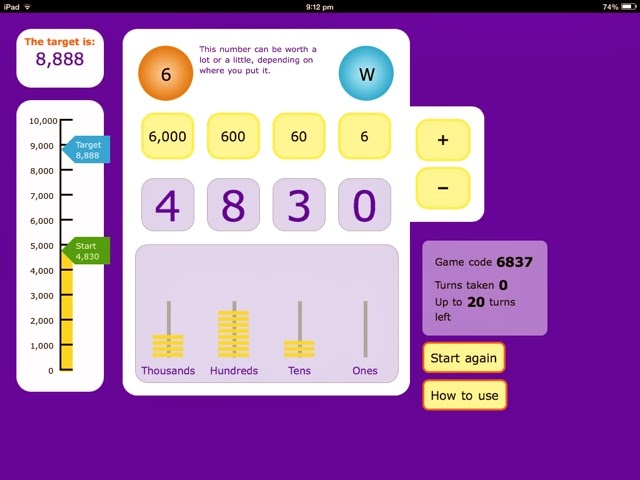I found some great app bundles in the education category of the Apple App Store. We've downloaded and started road testing them and I can already see my boy gaining some benefit from them. I've noticed he has persisted when facing difficulty (because it's a game and he wants to level up) and developing and consolidating his skills. Buying these apps in bundles has been a saving in the long run as he'll probably use all of them during the next few years of schooling.
In this post I'll focus on the Steve Storm Maths Bundle.
Name of Bundle: Steve Storm Maths Bundle
Developer: NumberWorks 'N Words
Cost at time of review: $4.99 AUD ($6.49 when purchased separately)
Suggested age/year level: 8 + or Year 3 onwards
This App contains 3 games, Steve Storm and the Tables of Doom, Vault Assault and Vault Assault Expert. Take note of the price comparison between purchasing the bundle and buying these Apps separately and you can see that you'll save $1.50.
Steve Storm is an Indiana Jones type character and his story is told in a cool comic strip style fashion at the start of the game. It appeals to the imagination.
Tables of Doom focuses on learning and consolidating multiplication table facts. My son understands that multiplication, addition and skip counting are all linked so he has been able to use strategies like skip counting when he gets stuck. The App has no time limit and lets players go to the. Ext level when they have earned enough badges and points. What I like is that each level of the game correlates with difficulty, meaning the earlier levels focus on the tables that are easier to learn and recall, like 2x and 10x. Level of difficulty can be adjusted.
Vault Assault builds on all areas of arithmetic : addition, subtraction, multiplication and division. Players need to answer questions quickly and accurately to help Steve open the vault. Each level has increasingly challenging questions. This is an engaging way to consolidate and improve recall of number facts. What I like is that the player can choose which mode they want to practice. At this point my son is doing the addition section. It also presents the questions and answers in 2 ways simultaneously; both as a grid and as a fact box at the bottom of the screen. We have not road tested Vault Assault Expert yet but we know it's sitting there ready to use once he masters Vault Assault.
Links to Mathematics are pretty obvious here - these Apps are designed to build fluency and if you are interacting with your child as they play them, you can share and model strategies to each other and develop a shared language for talking about Mathematics and learning.







